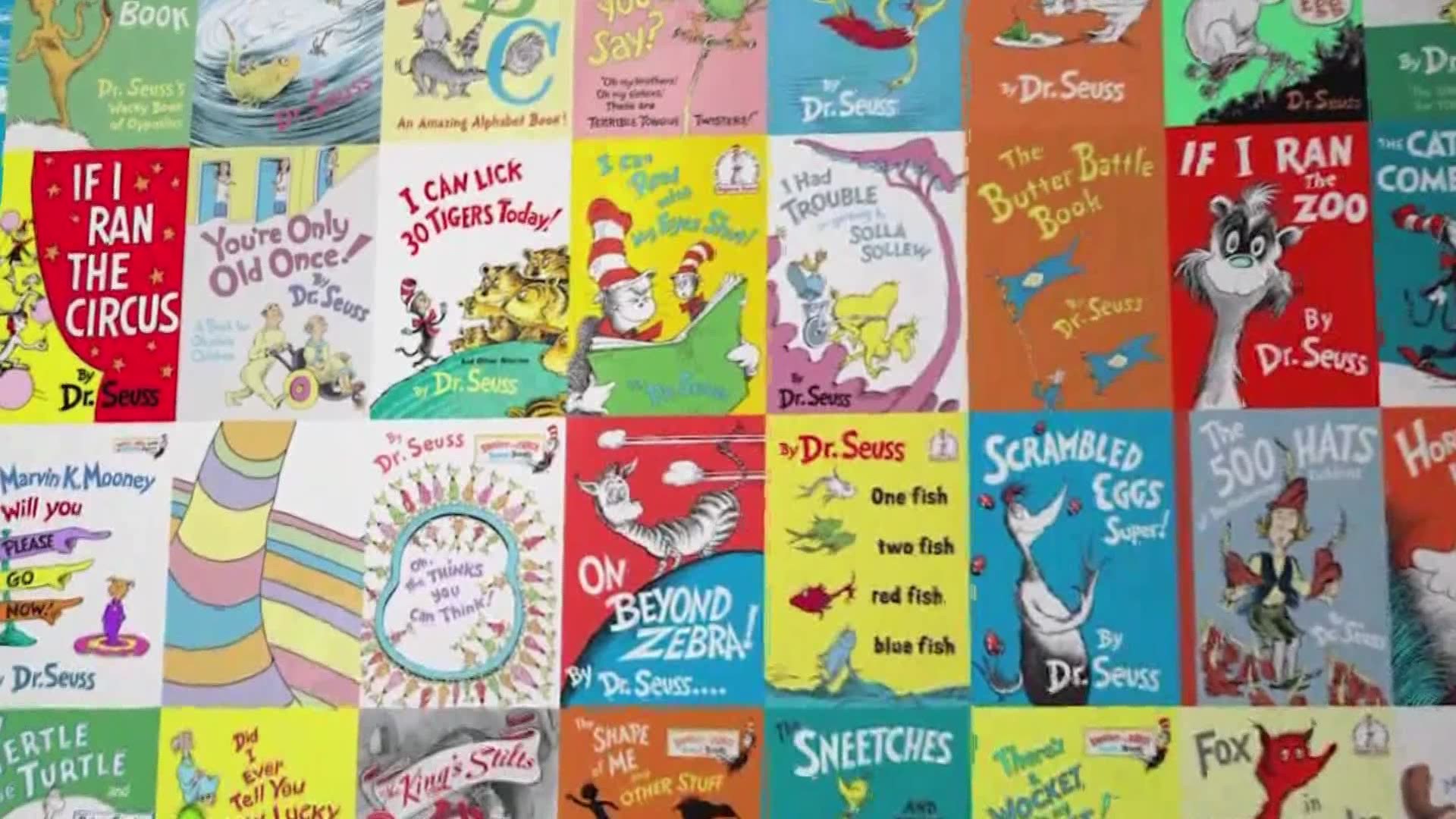


The announcement seemed to drive a surge of support for Seuss classics. “Mulberry Street” was one of six of his books that the Seuss estate said it would stop selling this week, after concluding that the egregious racial and ethnic stereotypes in the works “are hurtful and wrong.” He went on to publish more than 60 books that have sold some 700 million copies globally, making him one of the world’s most enduringly popular children’s book authors.īut some aspects of Seuss’s work have not aged well, including his debut, which features a crude racial stereotype of an Asian man with slanted lines for eyes. First published in 1937, the book started Geisel’s career as Dr. The rhymes morphed into his first children’s book, “And to Think That I Saw It on Mulberry Street,” about a boy who witnesses increasingly outlandish things. This rare and beautiful book is bound to appeal to both the innocent young and the most sophisticated seniors.In the summer of 1936, Theodor Geisel was on a ship from Europe to New York when he started scribbling silly rhymes on the ship’s stationery to entertain himself during a storm: “And this is a story that no one can beat. With Johnson and Fancher’s atmospheric, large-scale paintings bursting off the pages, Dr.

Here is a wonderful way for parents to talk with children about their feelings. Using a spectrum of vibrant colors and a menagerie of animals, this unique book does for the range of human moods and emotions what Oh, the Places You’ll Go! does for the human life cycle. Seuss saw his original text about feelings and moods as part of the “first book ever to be based on beautiful illustrations and sensational color.” The quest for an artist finally ended-after the manuscript languished for more than two decades-at the paint brushes of husband-and-wife team Steve Johnson and Lou Fancher whose stunning, expressive paintings reveal such striking images as a bright red horse kicking its heels, a cool and quiet green fish, a sad and lonely purple dinosaur, and an angrily howling black wolf. Seuss wrote in 1973, was a letter outlining his hopes of finding “a great color artist who will not be dominated by me.” The late Dr.


 0 kommentar(er)
0 kommentar(er)
